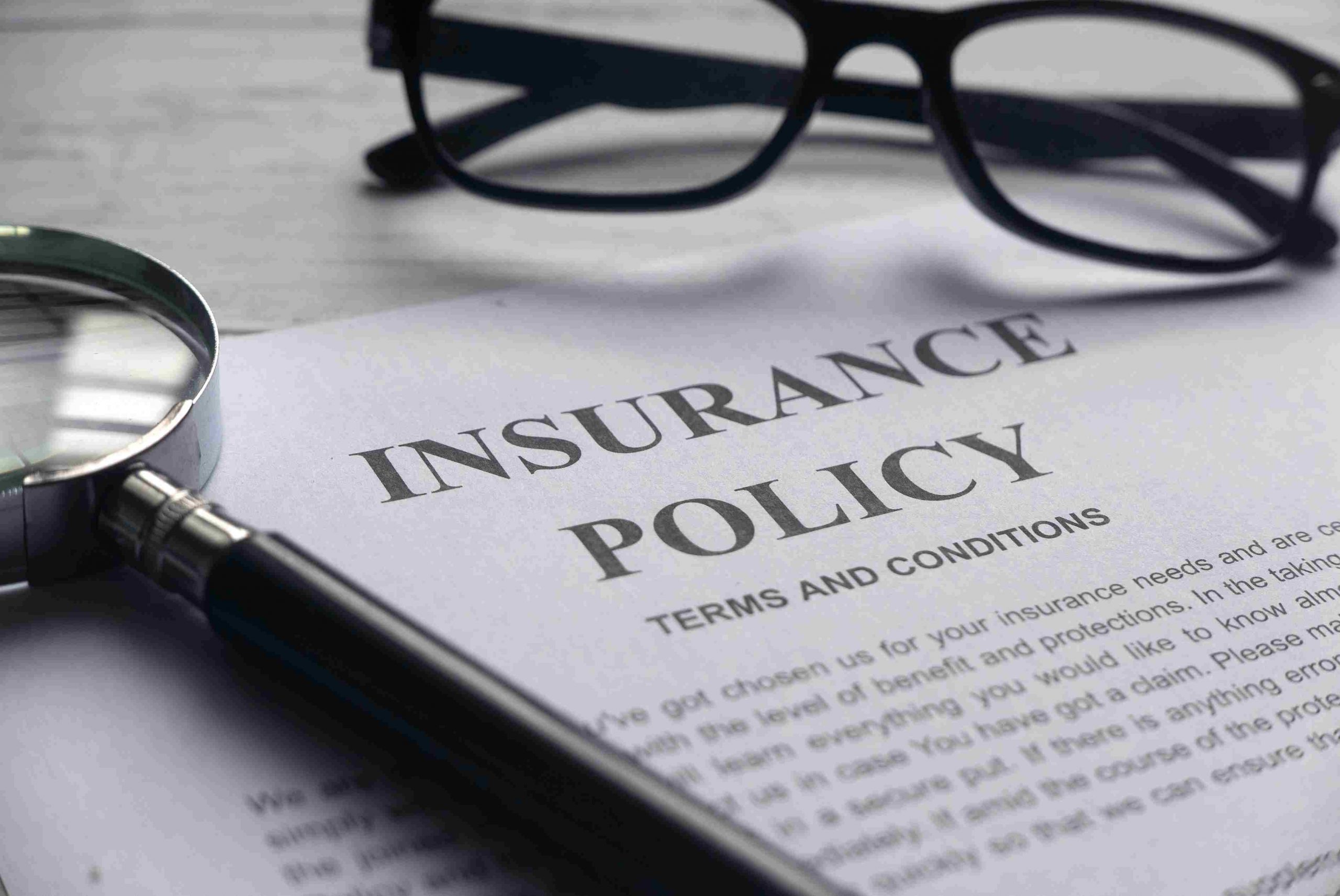The Ins and Outs of E & O
Homeowners buy homeowners insurance.
Doctor’s have malpractice insurance.
Notaries have Errors and Omissions Insurance (E & Insurance).
So what’s it all about?
What is Errors and Omissions (E &O) Insurance?
E&O (errors and omission) insurance is a type of professional liability insurance that specifically notary publics purchase which protects them from the risk of being sued for claims of mistakes, neglect, or omissions occurring at work. Moreover, E&O insurance for notary will also be able to make up for any losses suffered by the clients due to the fraudulent or mistaken notarization of the documents.
Moreover, Errors and Omissions coverage also pays any fees for the lawyer’s services if the insured person defends him or herself in the legal action. Why is the Errors & Omissions Insurance Essential for the Notaries?
The notary public serves as the trusted individual who is hence asked to confirm the genuineness and correctness of the copies of the documents before their notarization. Therefore, the commission of an error or omission in the process may result in the significal impact on the financial status of the notary, as well as in the destruction of his or her reputation. By securing an Errors & Omissions insurance policy, notaries protect themselves from the consequences of such claims that might potentially be financially devastating.
What’s the Difference Between Insurance and Bonding for a Notary Public?
Errors and Omissions insurance is not the same as the notary public bonds. As a matter of fact, it’s very straightforward; notary public bonds are nothing but surety bonds or fidelity bonds, which are meant to protect the clients of a notary for the event of any errors and/or omissions on the part of the notary (by their fault).
While E & O insurance involves the notary as the beneficiary and pays-for the costs correlated with guarding them against a lawsuit, Errors & Omissions insurance also affords coverage to the notary amid them being accused of negligence or abruption in the work process.
So, it’s clear that to a notary public having the insurance and knowledge about the different types of policies plus the coverage they get is essential. While the notaries public acquire the Errors & Omissions insurance, the financial and reputational threats concerning the process of notarizing the documents could be avoided by them too.
What errors Can a Notary Public Make?
Notaries public are the key caretaker of identifying the identity and signature of individuals who are the signatories of documents. Nevertheless, they can also overlook the other aspects of their responsibilities, thus committing the most common errors in their profession, which are as follows:
- Omitting to properly prepare and execute notarial acts.
- Not checking the identity of the signatories.
- Incorrectly witnessing, supervising, or attesting to a document.
- Not including notarial acts in the journal as required.
- Making a mistake while doing other tasks that their position as a notary requires.
- Performing activities aside from their authority or banned acts.
If this were the case, Errors & Omissions utilization should ensure the financial stability of a notary in case the signature and ID were found to be insufficient.

What Does E&O Insurance Cover?
Generally, errors and omissions insurance always encompass a wide variety of issues that may arise when the notary public is carrying out his duties.Most of the time the Errors & Omissions insurance will take care of any costs that result from the defense or compromise of a claim filed against a notary public in respect of the services provided. Such policies would typically provide cover against accusations of carelessness, mistakes, or incomplete service performance.
The term legal expenses includes fees for attorneys, awards in the form of money, and other costs as required like a court reporter. Furthermore, there are chances that the policy will cover losses incurred due to loss of fees, libel and slander, or breach of the ”fiduciary duty”.One crucial aspect is that E&O is not an alternative to Professional Indemnity and Liability insurance. To be a notary public, it is also necessary to obtain the coverage that suits your specific requirements.
The coverage provided by Errors & Omissions insurance is of critical importance in the financial and legal aspects if the notaries need a defense or there is an omission. By being aware of the various types of coverage present, notaries can be in a place to select the policy that is most appropriate for their situations. In the final analysis, Errors
How Much Does E&O Insurance Cost?
Generally, Errors & Omissions insurance price varies from one supplier to the other. One can buy it from $200 to $500 a year. The premium is likely to jump even more for Notaries who provide more technical services and/or have larger liability responsibilities
Do different states require different bonds?
Yes! Various states have different bond requirements for a Notary Commission. If you want to know your [State]’s bonding requirements for Notaries, visit our list of State Bond Requirements for Notaries.
Errors and Ommissions Summary:
Errors & Omissions (E&O) insurance not only is a greatly valuable but also is advisable for notaries public if they want to avoid potential financial losses caused by mistakes or omissions. The knowing of the different types of coverage available and the number of costs will make the notaries able to decide for the best insurance type by themselves. Having the right E&O policy, you are in the best position to avoid stress and anxiety caused by claims arising from mistakes or negligence during work as a notary public.
You can broaden your knowledge of Notary’s needs by BlueNotary and learn more about the company.







